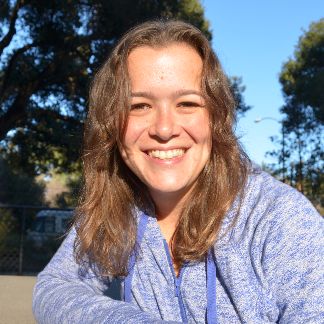Abstract
In large part, the recent advancements in robotics have been made possible by open source tools. Open Robotics, a nonprofit organization dedicated to the development, distribution, and adoption of open source software in robotics, supports two main projects — ROS (Robot Operating System) and Gazebo, a multirobot simulator — both of which are widely used by the global robotics community, including industry, academia, and hobbyists.
ROS is a framework that lets you quickly set up the various parts of a robot and get them all to work together as a meaningful application. ROS does this by setting a common transport layer for all the software inside the robot, from sensors and actuators to decision making. Around the common transport layer, there are several tools built to help developers introspect and diagnose their robots with ease. Gazebo is a simulator that calculates rigid-body dynamics, generates all kinds of sensor data, and allows user interaction through both a programming API and a powerful graphical interface. Some of the uses for Gazebo include robotics competitions, continuous integration, prototyping, machine learning and education.
In this talk, Louise will give an overview of ROS and Gazebo, the problems they've been solving so far and what's in the roadmap for the future, all while walking through a hello world robot example in simulation.
Bio
Louise Poubel is a software engineer at Open Robotics working on free and open source tools for robotics, like the robot simulator Gazebo and the Robot Operating System (ROS). Louise first got involved with Open Robotics through GNOME’s Outreach Program for Women. Louise grew up in Brazil and went to college in Japan, where she received her BS in electromechanical engineering from Chiba University. She also holds a joint MEng in advanced robotics from École Centrale de Nantes and Warsaw University of Technology, where her research focused on real-time, whole-body human motion imitation by humanoid robots.


